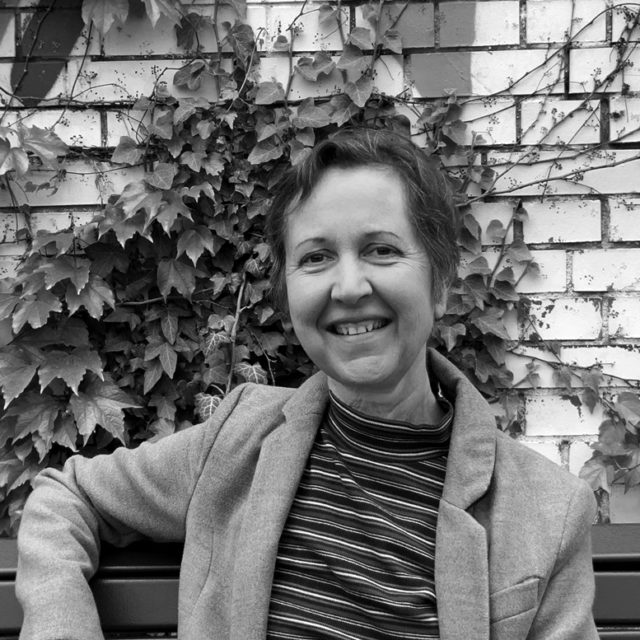Heike Wiese
Integrating Linguistic Multi-Competence With Grammatical Structure
Conferencista
-
Heike Wiese

Heike Wiese
Heike Wiese is Professor of German in Multilingual Contexts and founder of the Centre “Language in Urban Diversity” at Humboldt-Universität zu Berlin. She is interested in the dynamics of multilingual settings, with foci on grammatical-pragmatic interfaces and linguistic architecture, and on monolingual ideologies, linguistic discrimination and empowerment. Research areas include urban contact dialects, heritage speakers’ repertoires, and urban markets as metrolingual sites. Her 2012 monograph on Kiezdeutsch as a new German dialect received national and international media attention, and raised awareness of urban contact dialects as a legitimate part of the linguistic landscape. In outreach activities, she cooperates with communities, kindergartens and schools, educational policy makers, and museums.
Resumo →
Heike Wiese
Integrating Linguistic Multi-Competence With Grammatical Structure
In my talk, I bring together two research strands that rarely interact and might even seem incommensurable, namely sociolinguistic approaches to linguistic fluidity and multi-competence on the one hand, and structural approaches to linguistic coherence and grammatical systems on the other hand.
Current sociolinguistics approaches typically take a perspective of language as a fluid and dynamic resource realised through such practices as (trans-/poly-) languaging. Such approaches are often critical of attempts to identify and distinguish separate linguistic varieties, rejecting the idea of bound “languages” and deconstructing distinct language systems and named languages as an invention of European nation states. Against this background, a view of an overall linguistic “multi-competence” replaces assumptions about competences in several distinct languages.
In stark contrast, grammatical analysis in theoretical linguistics typically relies on the implicit assumption of discrete and coherent linguistic systems, be it at the level of languages or of varieties/dialects. Such analyses target grammatical structure and systematicity within linguistic systems, and cross-linguistic interactions including transfer between different systems.
I show that we can reconcile insights from these two strands in a linguistic architecture that takes communicative situations as the core of linguistic systematicity, and integrates them into grammatical representations. Under this view, communicative situations are the basis for linguistic coherence and grammatical systems, and can support the emergence of languages as sociolinguistic indeces. I discuss this approach for four domains that illustrate different aspects of linguistic diversity and fluidity: urban markets, minority/heritage language settings, multiethnic adolescent peer-groups, and digital social media.
